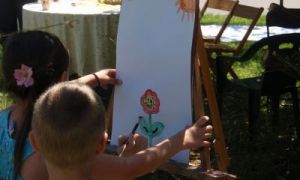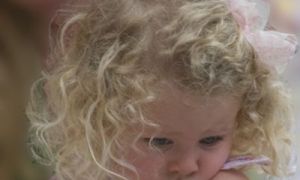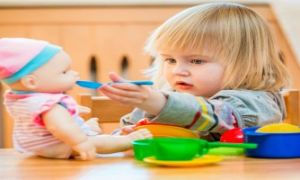Here’s how each developmental milestone from birth to 12 months aligns with the EYLF outcomes.
Birth to 4 months
- Physical: Moves whole body, squirms, waves arms, and kicks legs
EYLF Outcome 3: Children have a strong sense of well being (developing physical skills and coordination). - Cognitive: Begins to recognize familiar faces and objects
EYLF Outcome 4: Children are confident and involved learners (exploring and making sense of their world). - Language: Responds to sounds and starts cooing
EYLF Outcome 5: Children are effective communicators (beginning to engage with sounds and language). - Social: Smiles and makes eye contact
EYLF Outcome 1: Children have a strong sense of identity (forming relationships and connections).
4 to 8 months
- Physical: Rolls over, sits with support, and reaches for objects
EYLF Outcome 3: Children have a strong sense of well-being (developing movement and coordination). - Cognitive: Explores objects by mouthing and grasping
EYLF Outcome 4: Children are confident and involved learners (investigating and experimenting). - Language: Babbles and responds to voices
EYLF Outcome 5: Children are effective communicators (engaging in early verbal interactions). - Social: Shows preference for caregivers and expresses emotions
EYLF Outcome 1: Children have a strong sense of identity (forming attachments and expressing feelings).
8 to 12 months
- Physical: Crawls, pulls to stand, and begins walking with support
- EYLF Outcome 3: Children have a strong sense of well being (developing independence in movement).
- Cognitive: Understands object permanence and simple instructions
EYLF Outcome 4: Children are confident and involved learners (demonstrating problem-solving and memory skills). - Language: Says first words and imitates sounds
EYLF Outcome 5: Children are effective communicators (beginning to use words to express needs and ideas). - Social: Engages in simple games like peek-a-boo
EYLF Outcome 1: Children have a strong sense of identity (participating in social interactions and play).
How To Use The Developmental Milestones With The EYLF
Using developmental milestones with the EYLF helps educators assess children's progress and plan meaningful learning experiences. Here’s how you can integrate them:
1. Observing and Documenting
-
Track children's development against milestones to understand their learning journey.
-
Use observations to identify strengths and areas needing support.
2. Linking Milestones to EYLF Outcomes
-
Connect physical, cognitive, language, and social milestones to EYLF learning outcomes.
-
Example: A child learning to walk aligns with Outcome 3 (Children have a strong sense of wellbeing).
3. Planning Learning Experiences
-
Design activities that support milestone progression while fostering EYLF principles.
-
Example: Sensory play for infants encourages cognitive and language development.
4. Reflecting and Adapting
-
Regularly review children's progress and adjust teaching strategies.
-
Encourage family involvement to support learning beyond the classroom.
Further Reading
Developmental Milestones From 2 Months Old To 5 Years Old
Linking Theories To The Developmental Milestones
Social and Emotional Development for Infants 0-12 months
Cognitive Development for Infants 0-12 months
Fine Motor Development for Infants 0-12 months
Language Development for Infants 0-12 months
Gross Motor Development for Infants 0-12 months


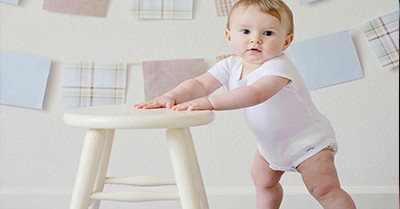
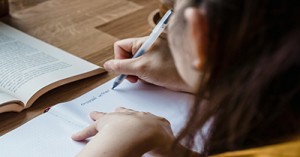
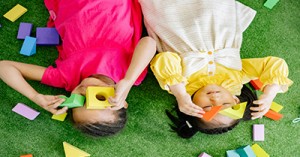
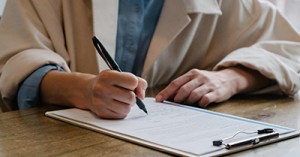
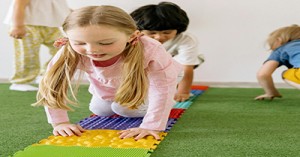
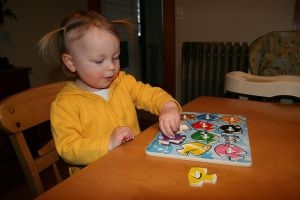 Toddlers have a greater understanding of the world around them by this stage. Their cognitive development (also known as intellectual development and thinking skills) continues
Toddlers have a greater understanding of the world around them by this stage. Their cognitive development (also known as intellectual development and thinking skills) continues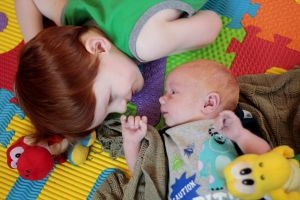 Infants begin to develop trust when parents begin to fulfil their needs. Such as changing an infant's nappy when needed, feeding on request and holding
Infants begin to develop trust when parents begin to fulfil their needs. Such as changing an infant's nappy when needed, feeding on request and holding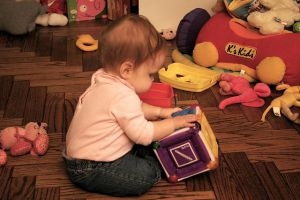 Beginning at birth the construction of thought processes, such as memory, problem solving, exploration of objects etc, is an important part of an infant’s cognitive
Beginning at birth the construction of thought processes, such as memory, problem solving, exploration of objects etc, is an important part of an infant’s cognitive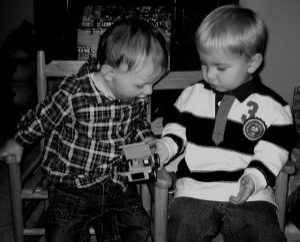 Toddlers want to do more on their own and do not like it when you begin to establish limits on their behaviour. Tantrums can become
Toddlers want to do more on their own and do not like it when you begin to establish limits on their behaviour. Tantrums can become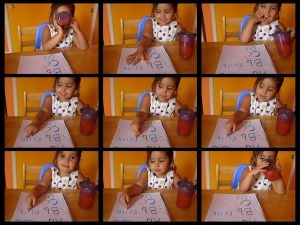 Your preschooler is now able to focus their attention more accurately and is less influenced by distractions. The intensity of questions increase as your child
Your preschooler is now able to focus their attention more accurately and is less influenced by distractions. The intensity of questions increase as your child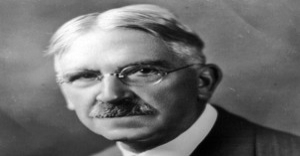 John Dewey is often seen as the proponent of learning by doing – rather than learning by passively receiving. He believed that each child was active,
John Dewey is often seen as the proponent of learning by doing – rather than learning by passively receiving. He believed that each child was active,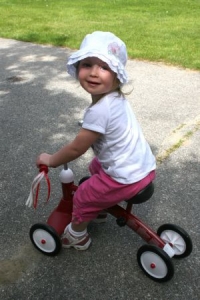 Toddler advance and gains new skills in Gross Motor Development milestones achieved throughout earlier years. Co-ordination and challenges that could not be performed before such
Toddler advance and gains new skills in Gross Motor Development milestones achieved throughout earlier years. Co-ordination and challenges that could not be performed before such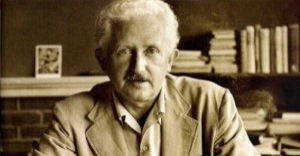 Erik Erikson developed a psychosocial theory to understand how we each develop our identities through eight stages of psychosocial development from infancy to adulthood. The
Erik Erikson developed a psychosocial theory to understand how we each develop our identities through eight stages of psychosocial development from infancy to adulthood. The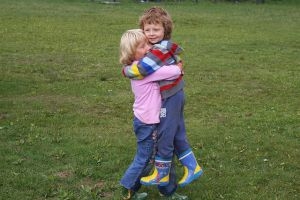 At this point preschoolers begin to interact effectively with others. Play becomes more innovative and organized and “boyfriend” or “girlfriend” begins to emerge. Preschoolers have
At this point preschoolers begin to interact effectively with others. Play becomes more innovative and organized and “boyfriend” or “girlfriend” begins to emerge. Preschoolers have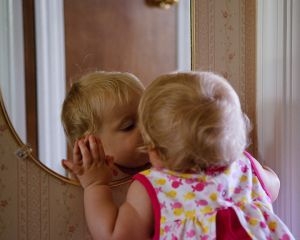 From now, babies begin to identify and respond to their own feelings, understanding other's feelings & needs and interact positively with others. A baby's social and
From now, babies begin to identify and respond to their own feelings, understanding other's feelings & needs and interact positively with others. A baby's social and